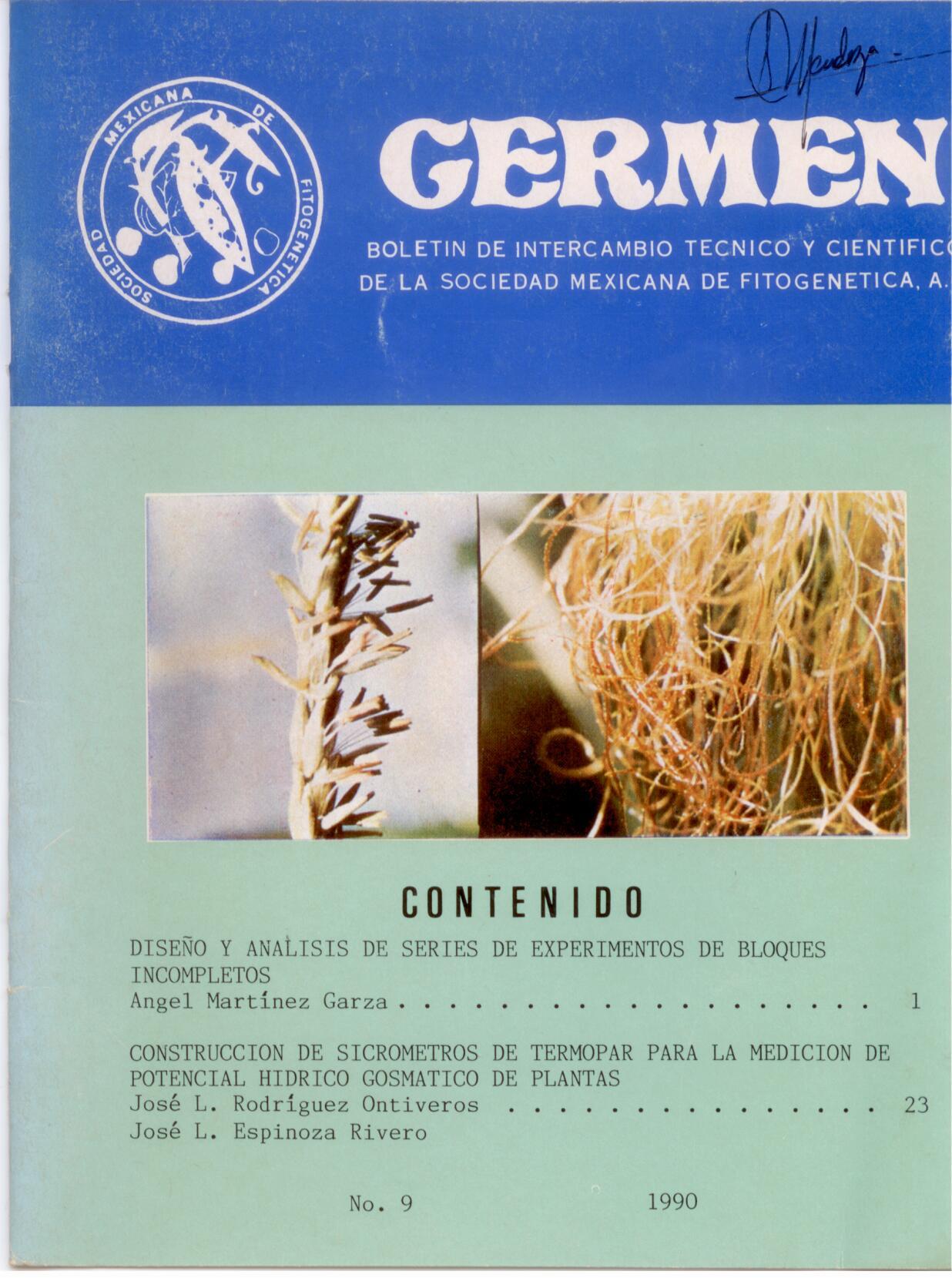DESIGN AND ANALYSIS OF SERIES OF INCOMPLETE BLOCK EXPERIMENTS
Main Article Content
Abstract
In agricultural research it is common to establish series of similar experiments. The following is usually considered as a design solution: if t treatments are evaluated in each of p locations, the treatments are housed in designs of r complete randomized blocks, with independent randomizations for each location. The above solution is relatively simple, but it leaves some practical situations unresolved. The most common occurs, for example, when the number t of treatments is large; Making complete blocks in this case can induce an excess of non-random variability within the blocks themselves, reducing the sensitivity of the series of experiments to detect significant differences. In such a case, the design of a series of experiments that more efficiently controls the systematic variability of the experimental material will have to be based on the use of incomplete block designs. The above design alternative is better than the series of randomized complete blocks. However, the design rules, and even more so, the methods of analysis of series of incomplete block experiments, are generally poorly known to research agronomists. The present work is dedicated, therefore, to the description of the design and analysis techniques of the series of incomplete block experiments, focusing the discussion on the case in which the basic designs are lattice. Ideas will be developed systematically. Thus, the first section will be dedicated to the description of the latices; the second will cover the problem of designing series of latices; the third will refer to the analysis of the latices; and finally, the aspect of latex series analysis will be covered.
Article Details

This work is licensed under a Creative Commons Attribution-NonCommercial-ShareAlike 4.0 International License.

